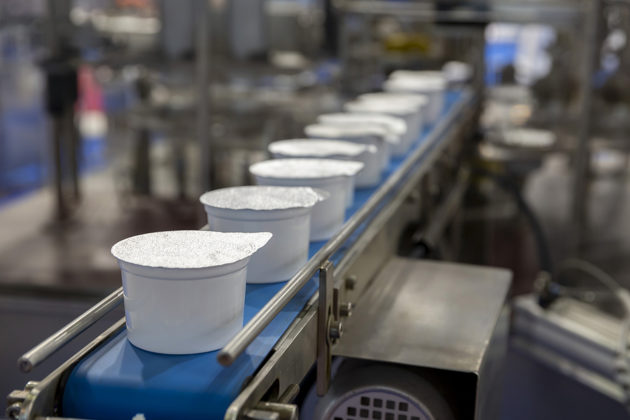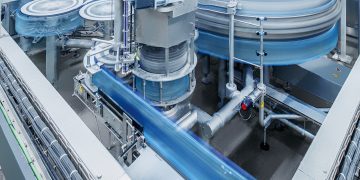End-of-line inspection has become a standard part of any modern production line. Checkweighers, metal detectors, X-ray inspection systems, and vision systems all monitor production to ensure quality and conformity of products. However, these devices typically make binary decisions – an item is either good or bad. The data used to make this decision is discarded immediately after the decision has been made.
Supervisory control and data acquisition (SCADA) systems and manufacturing execution systems, along with various forms of factory management systems, have collected status and operational data from equipment for decades. Standards such as the Open Platform Communications United Architecture (OPC UA) and Packaging Machine Language (PackML) provide a structure with which equipment can share information between equipment and SCADA systems.
Traditionally, the data shared has been limited to information such as whether the unit is running correctly or fault conditions are present. This “slow-moving” data does not change often and, while providing useful supervisory information, it does not allow for detailed analysis. However, the dramatic decrease in the costs associated with data collection, storage and analysis, as well as tools such as machine learning, mean we can now capture and analyze “fast-moving” data.
By capturing each measurement made from a checkweigher, for example, trends can be identified before a product becomes out of range. If four filling machines are involved in producing a product and a fault means that one bagger consistently produces a product that is overweight, when analyzing the batch averages across the four machines, the high-level data does not suggest anything is out of range. However, if the individual weights were analyzed, a periodic pattern would emerge – allowing the issue to be identified and resolved.
 Alternatively, a chocolate enrober may coat multiple lanes of chocolate bars. If the flow rate is non-uniform across the belt, then the chocolate layer on the central bars will be thicker than that on the outer bars. Identifying and rectifying this non-uniformity allows for the coating to be run closer to the optimal level – ensuring all bars meet the required weight. Without this insight, the enrober will be adjusted to ensure the outer bars meet the minimum weight, resulting in a ‘give-away’ cost of the additional chocolate on the inner bars. Data at a batch level will not resolve this variation – but data on individual weights will.
Alternatively, a chocolate enrober may coat multiple lanes of chocolate bars. If the flow rate is non-uniform across the belt, then the chocolate layer on the central bars will be thicker than that on the outer bars. Identifying and rectifying this non-uniformity allows for the coating to be run closer to the optimal level – ensuring all bars meet the required weight. Without this insight, the enrober will be adjusted to ensure the outer bars meet the minimum weight, resulting in a ‘give-away’ cost of the additional chocolate on the inner bars. Data at a batch level will not resolve this variation – but data on individual weights will.
X-ray inspection can also be used to determine if components are broken. If a misaligned tool was causing a high proportion of biscuits to be broken when placed into the packaging, this would likely not be caught until customer complaints began to be received. In a connected environment, the frequency of breakages could be reported back and warning thresholds, set lower than an automatic reject threshold, could be applied to give a warning of an issue.
In addition to collecting a more granular result for the quality inspection, additional metadata about the product can be collected. For example, an X-ray inspection system may be used to determine that the correct number of components are in a container. This, combined with a checkweigher, ensures that the correct package weight is maintained and the product is supplied as expected. However, it may be of interest to the manufacturer to know what the average size distribution of the products is.
With a pack of four baking potatoes, for example, the total weight and the total number of potatoes is controlled, and any packs found to be non-conformant are rejected. But a pack containing three small and one large potato, while acceptable, is not as desirable as four similarly sized potatoes. Therefore, the size of each potato can be recorded by the X-ray system, and this can be made available for analysis, even if the data is not itself used to make a rejection decision. It may be decided at a later date that, in fact, this should be made a criterion for rejection – at which point historic data is available to allow a data-driven decision to be made regarding acceptable tolerances.


















